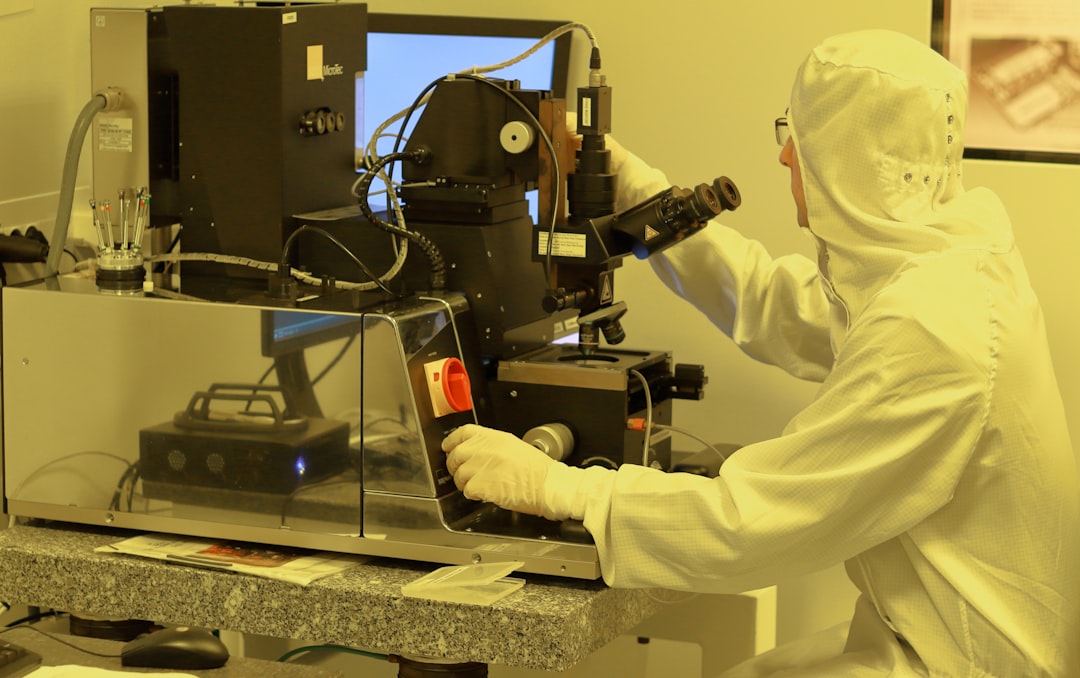What is it about?
There is often data available on electron interactions with room-temperature molecules as the electron energy is increased, revealing resonances, but less often for the electron and molecule in thermal equilibrium. We have made measurements of the strength of reaction for electrons interacting with molybdenum hexacarbonyl, Mo(CO)6, in which the molecule fragments and loses one carbonyl (CO) ligand, from 297-450 K. The fragmentation energy is provided by the ultimate bond between the electron and the Mo(CO)5 fragment. In separate work with the same apparatus (Flowing-Afterglow Langmuir-Probe apparatus), Ar+ was interacted with Mo(CO)6. The subsequent electron transfer is so energetic that it releases 7.6 eV, which proves to be enough to break 5 CO ligands from the Mo(CO)6+ molecule.
Featured Image

Photo by Adrien Olichon on Unsplash
Why is it important?
This work by itself is not earth-shattering or revolutionary. It simply adds to our knowledge of electron and ion interactions with transition-metal compounds at thermal energies. The research was sponsored by the Air Force Office of Scientific Research to gain information on thermal plasma processes in regard to the plasmas that form on the leading edges of hypersonic and reentry vehicles and around experimental chemical releases in the ionosphere.
Perspectives
While my main interest is in electron attachment kinetics, I was stunned to see in the Ar+ + Mo(CO)6 mass spectra that 7.6 eV was enough energy to knock 5 CO ligands off of Mo(CO)6+. The CO bond lengths in the transition-metal carbonyls are weaker than one normally encounters. The bond energies have specifically been studied by others as cited in the paper.
Thomas M. Miller
Boston College Institute for Scientific Research
Read the Original
This page is a summary of: Electron and Ar+ interaction with Mo(CO)6 at thermal energies; energetic limit on removal of 5 ligands from Mo(CO)6+, The Journal of Chemical Physics, July 2023, American Institute of Physics,
DOI: 10.1063/5.0156596.
You can read the full text:
Contributors
The following have contributed to this page










